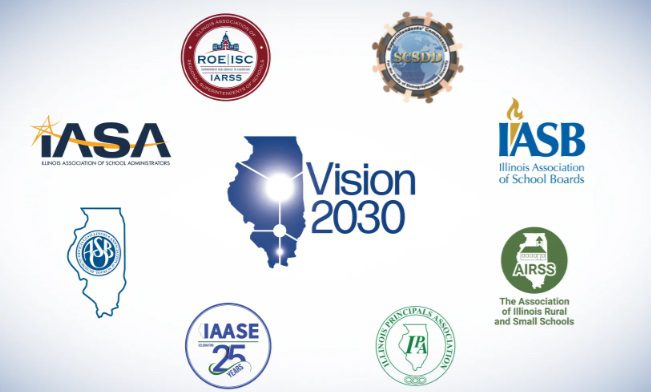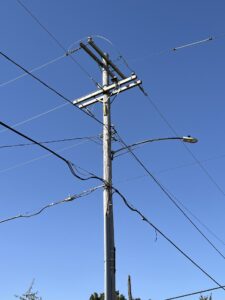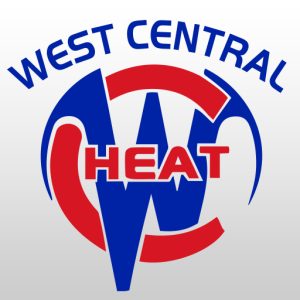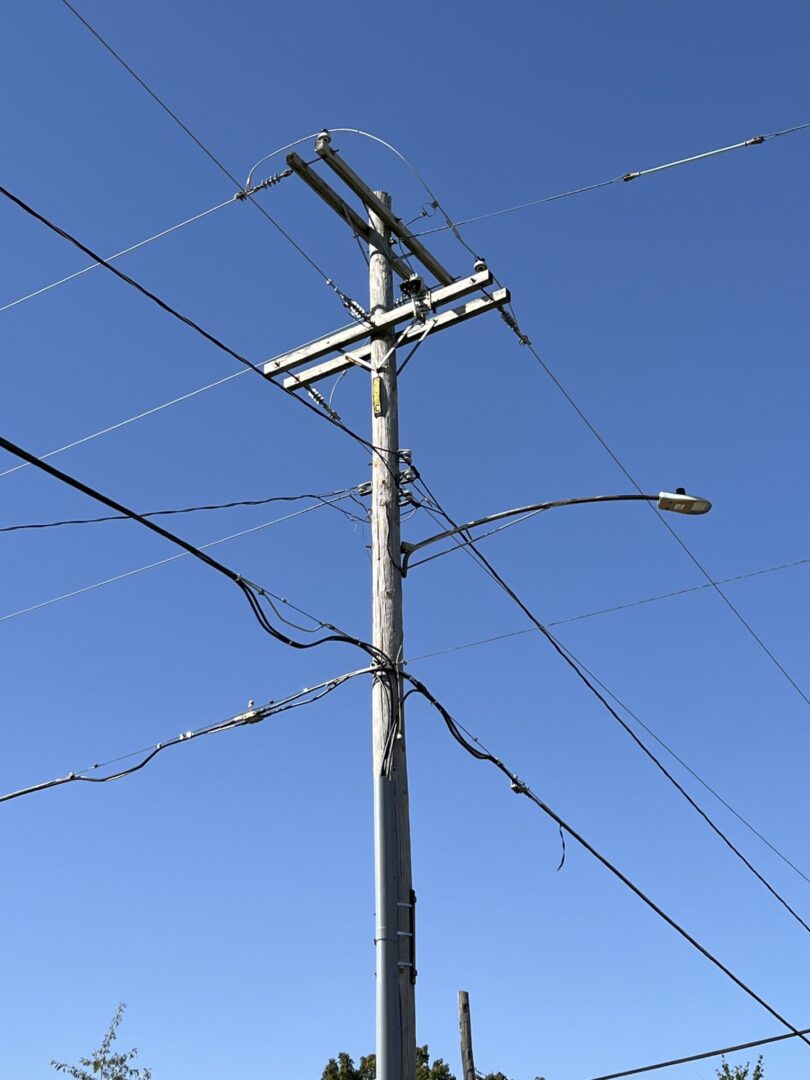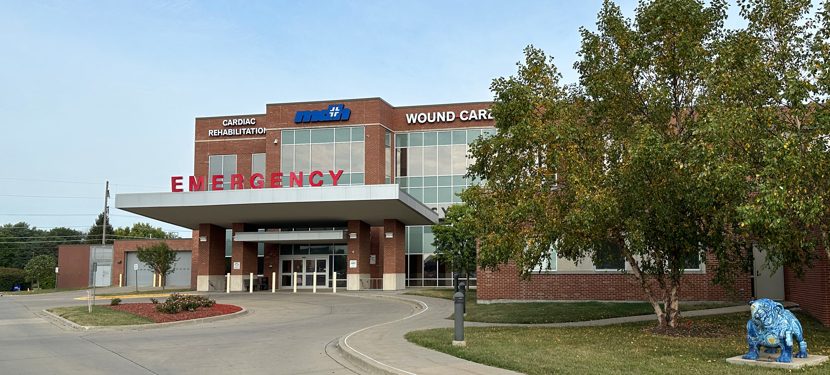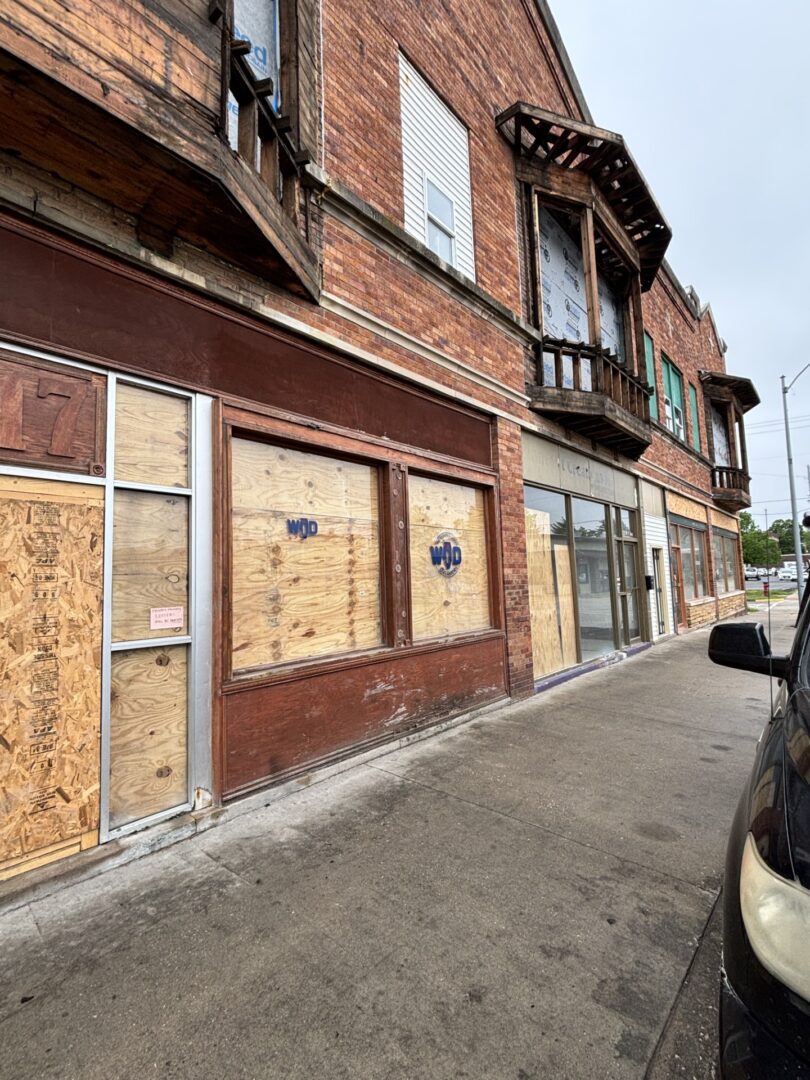Education leaders from five statewide organizations in Illinois announced Vision 2030, a blueprint for public education in Illinois, developed with input from the statewide membership of the Illinois Association of School Administrators (IASA), Illinois Association of School Boards (IASB), Illinois Principals Association (IPA), Illinois Association of School Business Officials (Illinois ASBO) and Illinois Association of Regional School Superintendents (IARSS). Vision 2030 seeks to engage parents, educators, policy leaders, elected officials, and the general public around a platform that emphasizes student and school safety, attracts and retains high-quality educators, enhances post-secondary success and more effectively measures what is working well in schools in a timely, usable manner.
The Vision 2030 Policy Framework is organized into three pillars: Future-Focused Learning, Shared Accountability, and Predictable Funding.
In the public release of the plan at the organization’s Joint Annual Conference held in Chicago on November 22-24, the leaders of the five organizations stated, “We have to acknowledge that students learn best, and educators teach most effectively, when they feel safe and connected to one another and to their communities. This is the single most important thing we can do to support both academic achievement and individual well-being—and it is something that has to be considered in our instructional approach, curriculum, student support services, facilities and finances to ensure that local districts have the resources needed to ensure their school buildings are safe.”
Vision 2030 outlines specific policy, legislative and fiscal goals to fulfill the promise of public education in Illinois, including:
Future-Focused Learning
“Future-focused learning is about reshaping our schools and classrooms and redefining student success to reflect and prepare students for all the different ways that the world and economy continue to change,” said Brent Clark, executive director, IASA. This includes:
- Engaging students in thinking about their pathways to college and career as early as elementary school. Vision 2030 calls for expanded partnerships with community colleges and universities to offer more advanced placement and dual enrollment courses for high school students, as well as working with local businesses to introduce students to in-demand and emerging career fields—including the trades, agriculture and health care, as well as AI, quantum computing, electric vehicles, advanced manufacturing and the green economy.
- Preserving time and financial resources for local curriculum innovation and programming to meet the needs of students and communities. To do this, Vision 2030 spotlights the need to closely look at the impact and cost of implementing additional required curriculum and graduation requirements and operational mandates. We must thoughtfully determine what is essential statewide vs. what local educators and school boards should be able to opt-in or -out of based on what is best for their students and communities.
- Developing new approaches to attract and retain excellent educators who have subject-matter expertise, compassion, cultural competency and commitment to help all students meet their potential. This goal is aligned with the Illinois State Board of Education’s strategic plan and specifically calls for innovative, evidence-based professional development opportunities for teachers at every level.
Shared Accountability
“Just like children’s physical growth, academic progress does not always happen in a linear manner – both growth and proficiency should be measured over time within and across grade levels,” said Jason E. Leahy, executive director, IPA. Vision 2030 advocates for:
- Thinking beyond annual standardized tests to more effectively measure student success by considering both growth and proficiency over time. This means providing classroom teachers with near real-time assessment data, so teaching strategies and academic interventions can be implemented in a timely manner.
- Establishing school ratings based on clear performance thresholds. Rather than focusing on which schools make it into the top 10%, Vision 2030 prioritizes getting more schools to perform at or above grade-level, and publicly recognizing all schools that demonstrate high levels of student achievement at or above grade-level.
Predictable Funding
“School districts need the flexibility to determine how to allocate public monies to best meet the needs of their students and communities,” said Kristopher Monn, executive director, IASBO.
Achieving the goals outlined in Vision 2030 requires long-term sustainable funding with additional investment to support updated instructional resources and technology, keep pace with economic pressures on salaries and equipment, and maintain aging infrastructure. For example,
- Ensuring that the state continues to meet its promise of allocating a minimum of $350 million in annual Evidence-Based Funding to districts.
- Allowing critical investments in health and life safety projects to be exempt from limitation by property tax caps or ISBE approval. Rather, Vision 2030 suggests that we should reconsider the current levy structure to allow schools to address urgent needs, such as installing secure classroom doors, without impacting educational funding.
“Vision 2030 seeks to put systems and processes in place that support all school districts throughout the state in sharing what works for our kids and our communities, while also preserving local flexibility and leadership so that the best decisions are made closest to home,” said Kimberly A. Small, executive director, IASB.
“This plan will require conversation, collaboration and action between the education community, our locally elected school boards, the State Legislature, the Governor and the Illinois State Board of Education,” said Gary Tippsord, executive director, IARSS. “The skills and career demands of the future are changing, which is why we must prioritize future-focused learning and meet this moment with smart strategies around funding and accountability.”
This is the second time that these groups have collaborated on such a plan. The first initiative, Vision 2020, resulted in numerous achievements that sparked legislative action on school funding through the passage of the Evidence-Based Funding Formula in 2017, as well as important enhancements to teacher recruitment policies, college and career readiness initiatives, and the state’s accountability model.
About Vision 2030
Vision 2030 was developed through a statewide engagement effort that included input from more than 1,000 stakeholders statewide, as well as discussions with local educators who work tirelessly inside and outside of school buildings to improve the outcomes for children from all backgrounds across Illinois. To access the full Vision 2030 plan and a list of alliance members, click here.
***Courtesy of Vision 2030***


